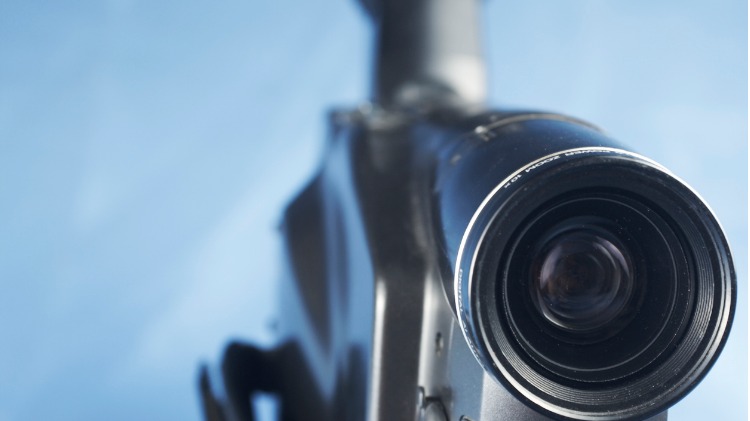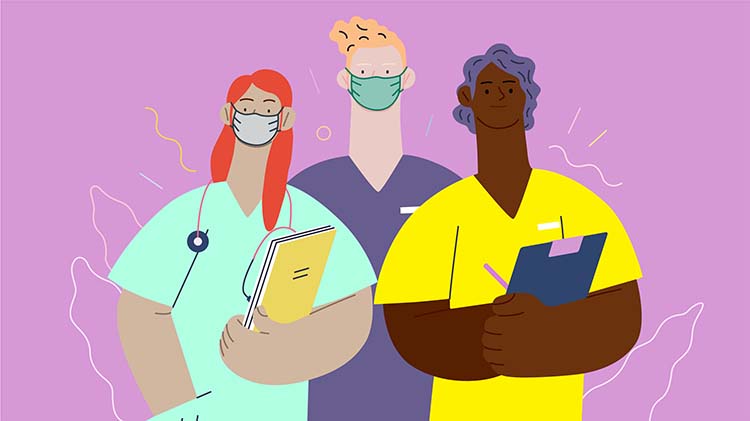Pitfalls of the Pic
20 Sep 2013

Case history 1
While Mr Smith was being assessed by the ED registrar, a number of intern doctors were present. Dr Jones, an intern who had just commenced working at the hospital, took a video recording on her mobile phone of the examination and sent it to her boyfriend who was working as a surgical intern at the hospital.
Dr Jones was subsequently asked to attend a meeting with the director of clinical services, during which she was informed that a surgical intern had made a complaint after being shown the video on another colleague’s phone. Dr Jones admitted she had not sought Mr Smith’s consent to take the video or made any record in the clinical notes that the video was taken.
Dr Jones conceded that she sent the video recording to her boyfriend because she thought it would be of interest to him, but never intended for anyone else to see it.
Case history 2
An intern obtained Mr Lim's permission to take photographs of the laceration for the purposes of sending them to the orthopaedic surgeon for review and advice regarding management. A nurse who was present at the time advised the intern that he could not take photographs in the ED and requested that he delete the photographs immediately. The matter was subsequently reported to the director of clinical services.
The intern was advised that a recently introduced hospital policy required photographs to only be taken with approved hospital cameras which had memory cards that could only be downloaded onto the hospital's computer.
Discussion
A recent survey of doctors and nurses in an Australian tertiary hospital found 48% had taken medical photos in the past year.1
Photographs and video recordings produced for clinical purposes form part of a patient’s medical record. As a member of the healthcare team you must take all necessary steps to maintain confidentiality and to protect a patient’s privacy.
Although in many instances a patient will not be identified in a photograph or video footage, you must always obtain their consent – ensuring that they are fully informed of the possible uses of the material – prior to taking any photographs or video recordings.
It is important to be aware of any hospital policies with respect to medical photography. If the patient agrees to photographs and/or video recordings, you should clearly document their consent in the medical records as well as the precise scope of such consent. For instance, the patient may agree to a copy of the photographs being kept in his or her medical records, but may not agree for the photographs to be used for teaching purposes. Alternatively, many hospitals have consent forms for this purpose that have tick boxes or spaces for the patient to write his or her initials next to the various potential uses they consent to – such as the photographs being kept in their clinical notes for wound review and care planning, for educational purposes and for publication in medical journals.2
Where the patient is unable to give consent because, for example, they are unconscious, you must refrain from taking photographs or video recordings unless this is required as part of providing immediate life-saving medical treatment to the patient, such as obtaining urgent advice from your consultant. If you are presented with this scenario, you may wish to speak with a senior colleague about obtaining consent from an immediate family member or call MDA National for advice.
If you observe a colleague taking photographs or a video recording of a patient and you are not sure if the patient has consented to this, it is appropriate to ask your colleague if the patient has agreed to the photo being taken, so that you can satisfy yourself that they are not being taken inappropriately.
In all circumstances, refer to your hospital’s policy to ensure you are complying with any requirements set by the hospital before taking any photographs or video recordings.
Seek advice from MDA National if you would like guidance. You can contact us 24 hours a day on 1800 011 255 or email advice@mdanational.com.au.
By Dannielle Stokeld, MDA National Medico-legal Adviser
References
1 Burns K. “Clinical first, care second” photography. Med J Aust 2012; 197(5): 265.
2 Mahar P. Exercising Prudence with Respect to Clinical Photography. Defence Update MDA National.
Professional boundaries in healthcare - Part 1
Boundaries with patients present in numerous ways every day and all health practitioners
11 Aug 2025
Understanding Professional Medical Indemnity Insurance
Do you understand the ins and outs of professional medical indemnity insurance?
11 Aug 2025
Professional boundaries in healthcare - Part 2
Boundaries with patients present in numerous ways every day and all health practitioners
11 Aug 2025
Understanding changes to the Fair Work Act
What are the changes to the Fair Work Act and what is my role?
22 Jul 2025






